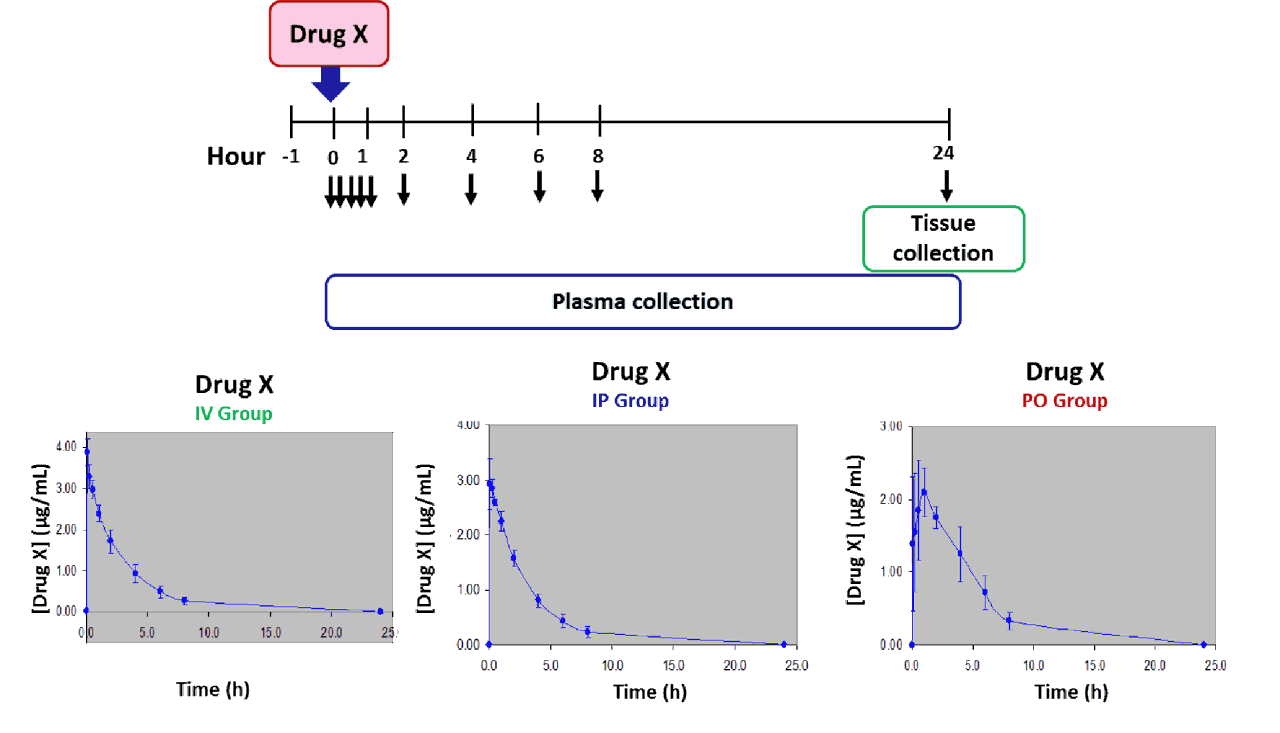We offer a wide range of pharmacological models in the following categories:
- Molecular Pharmacology
- Non-GLP Safety and Pathological Evaluation
- Pharmacokinetics and Pharmacodynamics (PK & PD)
Molecular Pharmacology
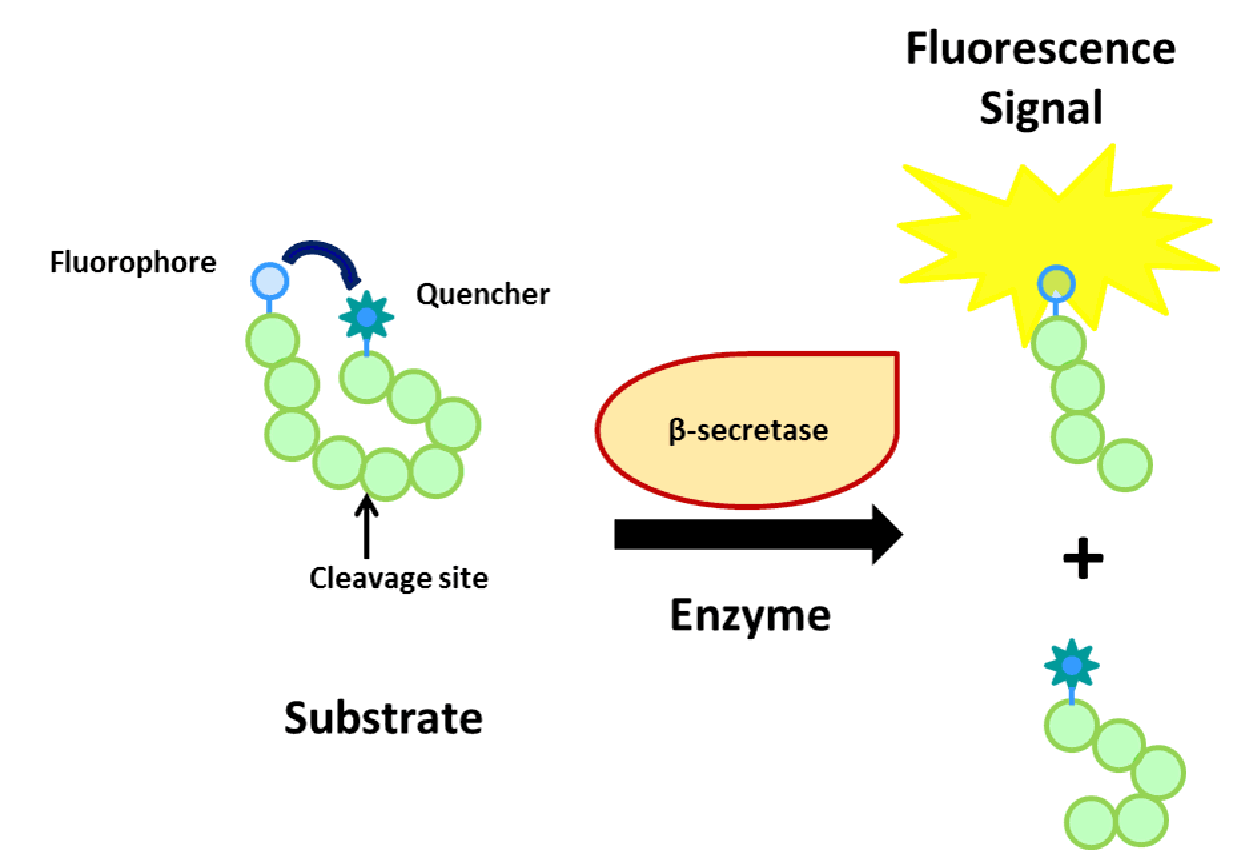
In Vitro Pharmacology: β-secretase assay
β-secretase is strongly implicated in the pathology of Alzheimer’s disease . Thus, modulation of the β-secretase may lead to therapeutic benefits for the treatment of the disease. In this assay, compounds’ effects on the activity of β-secretase are tested using the enzyme substrate, which is linked to a fluorophore at one end and to a quenching agent at the other.

Cell Based Assays: Amyloid beta toxicity
Amyloid peptide (Aβ) has a central role in the pathogenesis of Alzheimer’s disease. In this assay, test compounds’ effect on the Aβ level are studied using the human neuroblastoma cell line stably expressing Swedish mutant amyloid precursor protein. The levels of Aβ produced with or without test compounds are measured with sandwich ELISA
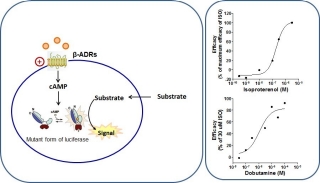
Cell Based Assays: GPCR (G-Protein Coupled Receptors)
G-protein coupled receptors including adrenergic receptors are one of the most important drug targets. In this assay, effects of test compounds on β-adrenergic receptors are studied using the mutant inactive luciferase, which becomes active in response to cyclic AMP. Activation of the receptor with β-adrenergic receptor agonists lead to the production of cyclic AMP, which in turn increase the level of luminescence signal produced by the luciferase activity.
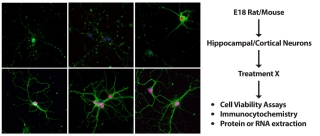
Cell Based Assay: Primary Cortical Neurons (PCN) / Primary Hippocampal CellsNeurons (PHN) Cell Culture
Embryonic hippocampal/cortical neurons are cultured in vitro to study the effect of the drug/treatment on gene or protein expression. The cultured neurons are also useful in studying the morphology of neurons and synapse formation/density. Cell survival and toxicity will be evaluated using different techniques such as western bloRng, qPCR, and immunocytochemistry.

Cell Based Assay: Neurite Outgrowth Assay in PCN and PHN
Neurite outgrowth is an important morphological phenotype of neuronal cells. As the cellular processes are essential for cell health and function, test compounds that can affect the growth of neurites may have potential as drugs for neuropathological disorders. In this assay, effects of test compounds on neurite outgrowth are tested with fluorescent staining.
Non-GLP Safety and Pathological Evaluation
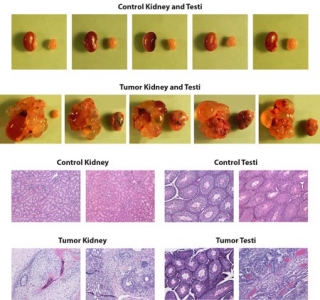
Non-GLP Safety and Pathological Evaluation
Coming soon...
Pharmacokinetics and Pharmacodynamics (PK & PD)
